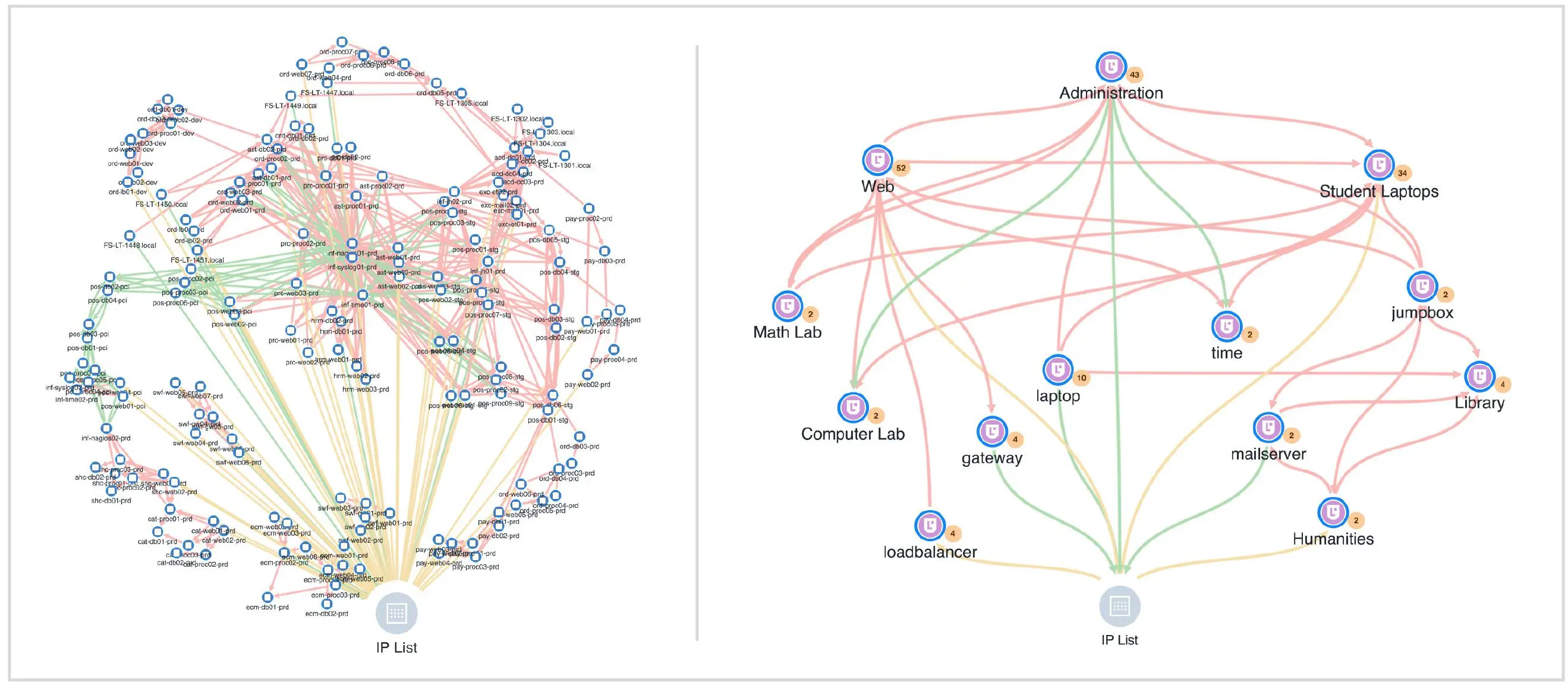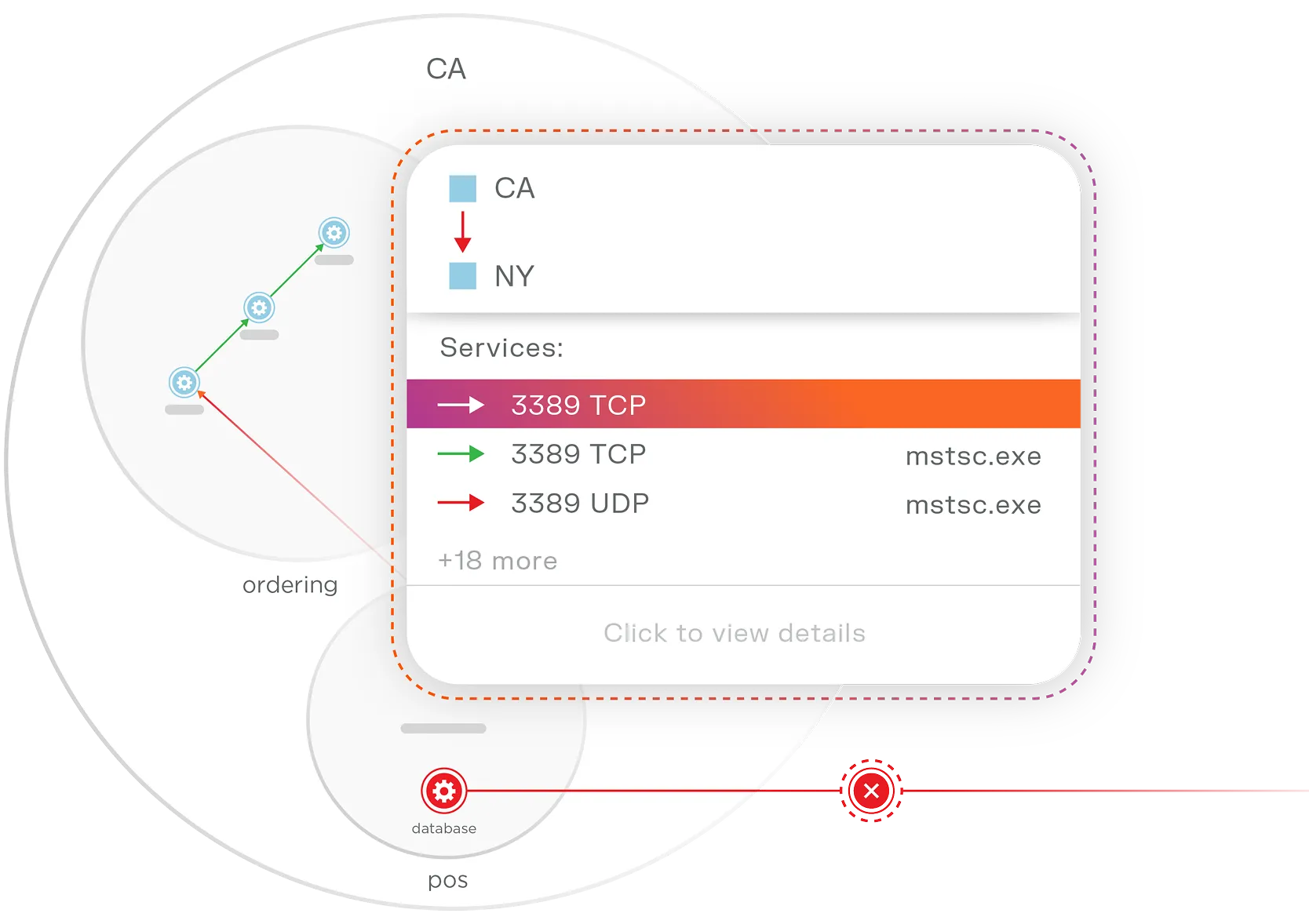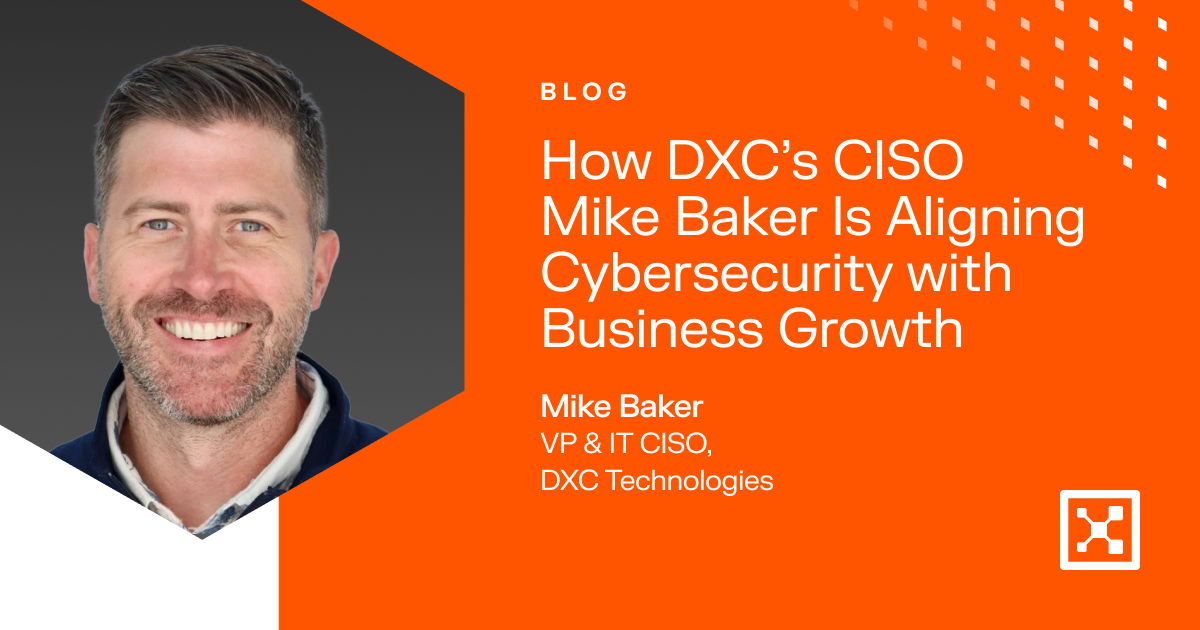일루미오로 홍콩 의료법 OR-2 규정을 준수하는 방법
은행 업무에서 기술 인프라는 종종 엔드포인트, 라우터, 저장 장치가 데이터 흐름의 국물 속에 떠다니는 완탕 수프 한 그릇처럼 느껴질 수 있습니다.
그리고 항상 엄마가 만들어주던 포근한 포옹 같은 것은 아닙니다. 지저분합니다. 예측할 수 없습니다. 수프의 각 재료가 선명하게 보이지 않으면 수프 전체가 망가질 수 있습니다.
문제가 발생하면 고립되는 경우가 드물고 은행 생태계 전반에 걸쳐 광범위한 영향을 미칠 수 있습니다.
그렇기 때문에 홍콩 금융관리국(HKMA)과 같은 규제 당국은 위험 인식뿐 아니라 운영 탄력성을 요구하는 OR-2와 같은 규정 준수 요건으로 기준을 높이고 있습니다. 은행의 경우, 이는 전체 상황을 파악하고 중단이 발생했을 때 이를 억제하며 복구 능력을 지속적으로 테스트할 수 있음을 증명해야 한다는 의미입니다.
이 게시물에서는 OR-2에 필요한 사항, 규정 준수를 위해 가시성이 중요한 이유, Illumio가 어떻게 도움이 될 수 있는지 살펴봅니다.
ICBC 침해 사고의 상처는 깊습니다!
2023년, 자산 기준 세계 최대 은행인 중국공상은행(ICBC)은 랜섬웨어 공격을 받아 미국 브로커-딜러 영업에 차질을 빚었습니다.
결과는? 미결제 국채 거래가 거의 90억 달러에 달합니다. 직원들은 거래를 처리하기 위해 USB 드라이브와 Gmail로 돌아가야 했습니다. 그 파급 효과는 26조 달러 규모의 미국 국채 시장 전체로 퍼져나갔습니다.
불난 집에 부채질하듯 1년도 채 지나지 않아 ICBC의 런던 지점이 해킹을 당했습니다. 공격자들은 6.6테라바이트의 민감한 데이터를 유출했습니다. 타이밍이 이보다 더 나쁠 수 없었습니다.
이번 유출로 인해 데이터만 노출된 것이 아닙니다. 취약성이 드러났고, 은행업에서 취약성은 절대 드러내서는 안 되는 부분입니다.
전 세계 규제 당국은 복원력을 요구합니다. 홍콩 금융관리국(HKMA)은 유럽, 호주, 싱가포르의 동료 기관과 마찬가지로 운영 복원력 프레임워크(OR-2)를 통해 이를 수행하고 있습니다.
ICBC 사고는 혼란을 위기로 전환하는 이러한 운영상의 사각지대를 방지하려는 OR-2의 목표를 강조했습니다.
잔물결이 파도로 바뀌면 규제 기관이 개입합니다.
은행 업무는 서로 밀접하게 연결되어 있다는 점이 특징입니다. 시스템의 한 구석에서 작은 장애가 발생해도 기능, 지역, 심지어 금융 시장 전체에 파급될 수 있습니다. 이러한 파문이 파도로 바뀌면 규제 당국이 주목합니다.
OR-2에 따라 홍콩의 은행은 심각하지만 그럴듯한 중단을 통해 중요 업무를 제공할 수 있음을 입증해야 합니다.
은행은 운영, 시스템, 제3자가 어떻게 연결되어 있는지 파악하여 문제가 어떻게 발생할 수 있는지 파악할 것을 요구하고 있습니다. 가장 중요한 것은 은행이 피해가 발생했을 때 이를 억제할 수 있기를 원한다는 것입니다.
가시성: 뱅킹의 가장 큰 보안 과제
많은 기관에서 프레임워크, 거버넌스 정책 및 플레이북을 갖추고 있습니다. 그러나 실제로 중요한 질문, 즉 우리가 매핑해야 하는 상호 연결을 진정으로 볼 수 있을지에 대한 질문을 던지는 사람은 거의 없습니다.
홍콩 금융감독청의 OR-2는 은행에 문서화 이상의 조치를 취할 것을 촉구합니다. 은행은 중요한 업무가 어떻게 연결되어 있는지 파악하고 이해할 수 있어야 합니다. 명백한 종속성뿐만 아니라 시스템, 팀, 공급업체, 프로세스 간의 숨겨진 종속성까지 파악할 수 있습니다.
"우리는 환경을 잘 알고 있습니다."라고 말하는 것만으로는 더 이상 충분하지 않습니다. OR-2와 같은 규정 준수 규정은 은행이 디지털 운영 방식을 깊이 있게 이해하도록 요구합니다.
대부분의 은행이 압박감을 느끼기 시작하는 시점입니다. 회복탄력성은 계획을 세우는 것뿐만 아니라 그 계획을 현실화할 수 있는 가시성을 확보하는 것입니다.
다시 말해, 보이지 않는 것은 보호할 수 없습니다.
레거시 시스템과 새로운 클라우드 배포 및 타사 통합이 결합된 홍콩의 하이브리드 환경에서는 모든 계층에서 가시성을 유지하는 것이 가장 어려운 부분입니다. 하지만 규제 당국이 여러분이 숙달하기를 기대하는 것은 바로 이 점입니다.
격리는 더 이상 기술적인 것이 아니라 문화입니다.
HKMA의 OR-2 규정은 기술을 넘어 거버넌스와 문화에까지 적용됩니다. 은행이 중요한 비즈니스 서비스를 파악하고, 영향 허용 한도를 설정하고, 중단 시 해당 한도 내에서 운영할 수 있는 능력을 테스트하도록 요청합니다.
격리란 더 이상 기술적인 용어가 아닙니다. 이사회 우선 순위가 되었습니다. 은행이 흔들리면 고객은 단순히 액세스 권한만 잃는 것이 아니라 신뢰를 잃게 됩니다. 그리고 한번 흔들린 신뢰는 다시 회복하기 어렵습니다.
신뢰, 안정성, 브랜드 평판이 가장 중요한 홍콩의 관계 중심 뱅킹 생태계에서 보안 침해는 단순한 기술적 실패가 아닙니다. 문화와 비즈니스의 위기입니다.
테스트, 테스트, 그리고 더 많은 테스트
프로세스가 파괴적인 랜섬웨어 공격의 타격을 견딜 수 있는지 어떻게 알 수 있을까요? 테스트하고, 테스트하고, 또 테스트합니다. 철저하게!
HKMA는 시나리오 기반 복원력 테스트를 기대합니다. 그리고 모두가 고개를 끄덕이고 책상으로 돌아가는 식의 교육이 아닙니다. 시스템 장애, 공급업체의 붕괴 또는 사이버 공격이 예상보다 빠르게 확산될 때 어떤 일이 발생하는지 현실적인 시뮬레이션을 원합니다.
공부하지 않으면 시험이 재미없습니다. 복원력 측면에서 테스트를 준비한다는 것은 엔드투엔드 중단을 감지, 억제 및 복구할 수 있는 잘 정의되고 잘 연습된 사고 대응 프로그램을 갖추는 것을 의미합니다.
또한 운영 연속성을 유지하고 고객 커뮤니케이션을 관리하며 규제 기관에 보고하고 있음을 증명하기 위해 잘 선별되고 잘 설계된 연습이 필요합니다.
그리고 이것은 한 번으로 끝나는 운동이 아닙니다. OR-2는 문서 업데이트, 통제 개선, 내부 또는 업계 전반의 모든 사고로부터의 학습 등 지속적인 개선을 기대합니다.
일루미오로 OR-2 규정을 준수하는 방법
조직은 OR-2의 규정 준수 요건을 충족하기 위해 세분화된 엔드투엔드 가시성을 확보하는 것부터 시작해야 합니다.
Illumio는 은행이 기존의 네트워크 스캔이나 무거운 에이전트에 의존하지 않고도 클라우드, 데이터 센터, 엔드포인트 환경 전반에서 시스템, 애플리케이션, 데이터 흐름이 어떻게 상호 작용하는지에 대한 실시간 맵을 제공합니다.

Illumio를 사용하면 중요한 자산을 확인하고, 자산의 통신 방식을 파악하고, 확인하지 않고 방치할 경우 단일 중단이 네트워크를 통해 연쇄적으로 발생할 수 있는 위치를 파악할 수 있습니다.
즉, 홍콩 금융관리국이 OR-2에 따라 운영 리스크를 어떻게 관리하고 있는지 물어올 때, 환경의 모든 소리와 트리거에 반응하여 장님 코스프레를 하는 것이 아니라는 뜻입니다.
대신 Illumio는 규정 준수에 명확하게 접근할 수 있도록 도와줍니다. 중요한 비즈니스 서비스를 식별하고 상호 연결을 매핑했음을 빠르고 쉽게 보여줄 수 있습니다.
이러한 가시성을 확보한 다음 Illumio Segmentation을 사용하여 위협을 즉시 격리하고 폭발 반경을 제한할 수 있습니다.

랜섬웨어 공격이 중요한 시스템에 영향을 미치거나 타사 연결로 확산되기 전에 측면 이동을 차단하여 몇 초 내에 랜섬웨어 공격을 차단할 수 있습니다. 실시간으로 피해를 억제하는 이러한 능력은 그럴듯한 중단을 통해 중요한 작업을 제공한다는 OR-2의 목표의 핵심입니다.
보안 침해가 발생한 후 허둥대는 대신 Illumio는 환경을 이해하고 제어, 정확성, 신속성으로 대응할 수 있는 도구를 제공합니다. 즉, 조사 및 복구하는 동안 나머지 은행 업무는 계속 운영할 수 있습니다.
OR-2, 완벽이 아닌 대비를 설교하다
HKMA는 완벽함을 요구하지 않습니다. 은행이 실용적이고 신속하게 대응하며 위험에 대한 명확한 시각을 갖출 수 있도록 대비할 것을 요구하고 있습니다.
일루미오의 세분화된 가시성을 통해 소음 없이 목표를 달성할 수 있습니다.
준비는 OR-2 운영 복원력 태세를 강화하는 가장 쉬운 방법만이 아닙니다. 또한 규제 당국, 이사회, 고객과 신뢰를 구축하는 가장 현명한 방법이기도 합니다.
결국 회복탄력성은 정책으로 가득 찬 바인더를 만드는 것이 아니기 때문입니다. 무엇이 연결되어 있는지 , 무엇이 취약한지, 문제가 발생했을 때 - 아니 문제가 발생한다면 - 어떻게 해야 하는지 파악하는 것이 중요합니다.
가시성은 회복탄력성의 기초이며, 일루미오는 이를 구축하는 방법입니다.
시작하기 Illumio Insights 오늘.
.png)



.webp)
.webp)
